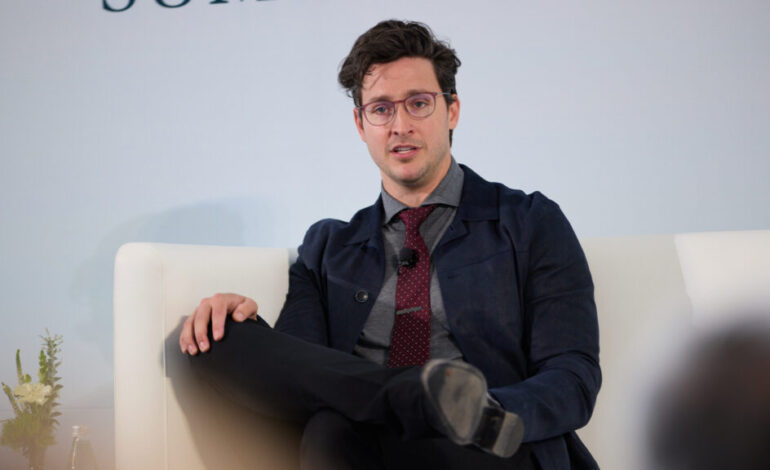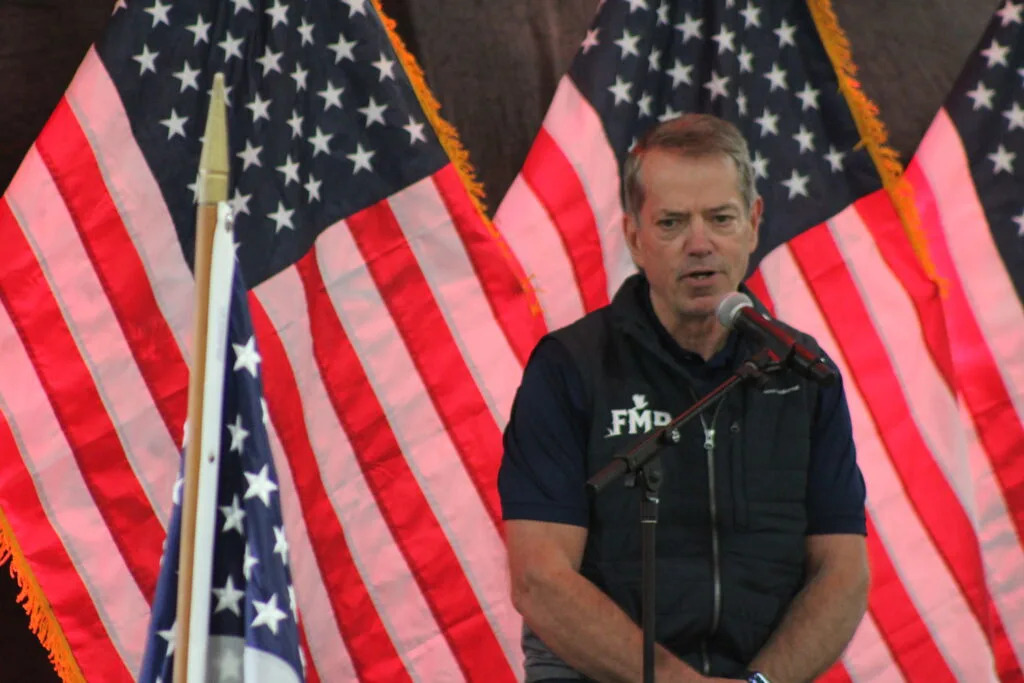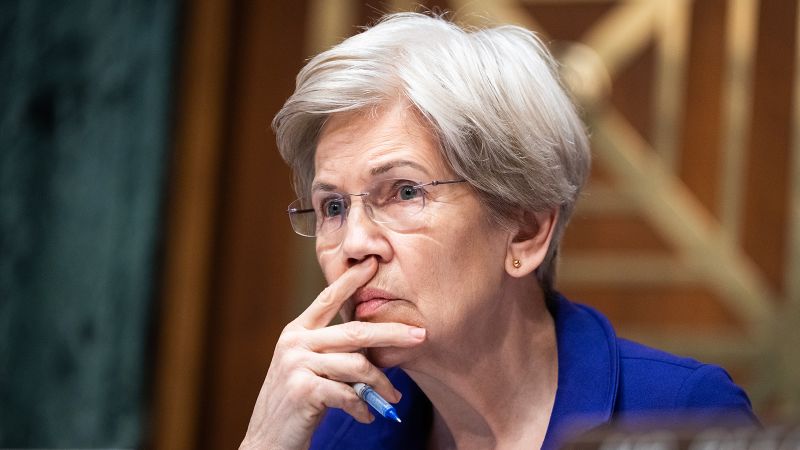Doctor Mike Critiques AMA for Ineffective Misinformation Response

Mike Varshavski, a family physician and popular YouTube creator known as Doctor Mike, criticized the American Medical Association (AMA) for its ineffective communication strategies in combating medical misinformation. Speaking at the STAT Summit in Boston on October 18, 2023, he urged the medical community to adopt more engaging and accessible methods to reach the public.
Varshavski, who has garnered 14 million followers through his clear and entertaining approach to medical content, highlighted a recent incident involving health secretary Robert F. Kennedy Jr.. In a video, Kennedy claimed that doctors profit from keeping Americans ill. The AMA reacted with a tweet that reached only around 5,000 people, which Varshavski deemed inadequate. He emphasized the need for the AMA to improve its outreach, pointing out that their president appeared in a poorly produced video with substandard audio and lighting.
Earlier in the day, Dan Jernigan, a former senior official at the Centers for Disease Control and Prevention (CDC), echoed Varshavski’s concerns. Jernigan, who resigned in August, stated that professional medical organizations must take a more active role in countering unreliable statements from government officials. This growing criticism reflects a broader movement among physicians advocating for a shift away from the AMA’s historically quiet advocacy approach.
Varshavski noted that younger physicians have urged AMA leadership to adopt a more vocal stance against policies from the Trump administration that lack a solid scientific foundation. He argued that the AMA should prioritize approachable communication. “It’s not about putting on fancy outfits; it’s about being presentable and realizing that high-quality production is within reach,” he said, referencing the association’s annual fees that should cover better resources.
The physician believes that the administration’s engaging style and high-quality video production resonate more with the public, particularly those less informed about scientific issues. He expressed frustration over the CDC’s previous failure to effectively engage audiences, stating, “How many times would I scroll past a CDC post with three likes on it? It’s literally the equivalent of not doing it.”
Varshavski pointed out that a significant gap in online medical information has allowed misinformation to thrive. He observed that during the pandemic, there were not enough credible voices to counter misinformation about COVID-19, leading to public confusion and poor decision-making. He stressed that while the healthcare community often dismisses social media as trivial, it is vital to engage with these platforms to reach wider audiences.
To illustrate his point, Varshavski discussed his strategy of infusing humor into his content. He believes that comedic videos can significantly boost viewership, allowing him to introduce more serious medical topics to a broader audience. “Had I not made that silly video, they would be completely unaware of the fact that there was misinformation being shared with them at the highest levels,” he stated.
Varshavski seeks inspiration from successful non-medical creators like MrBeast, asking how scientific education can be integrated into popular content. “How do we crowbar some scientific education into these topics so that people are saying, ‘Wow, I normally watch MrBeast, but I could totally watch a Doctor Mike video?’” he pondered.
Ultimately, he expressed a desire for public health leaders to join him in effectively disseminating accurate medical information. “I feel like my channel is just scratching the surface,” Varshavski concluded, emphasizing the need for a concerted effort to combat misinformation in today’s digital landscape.






